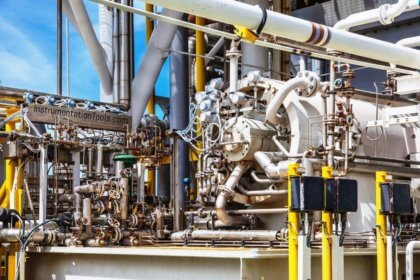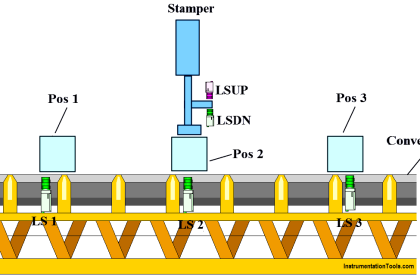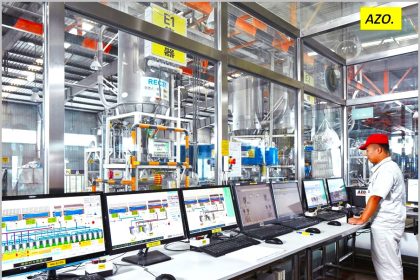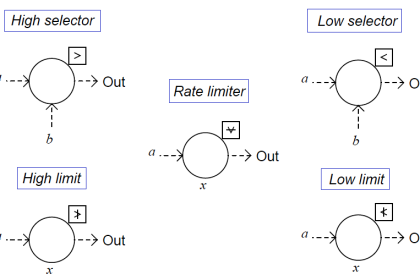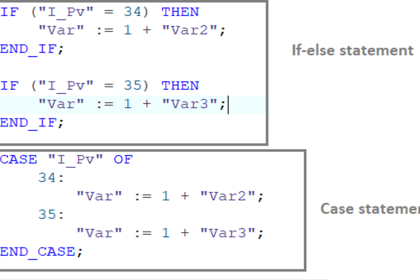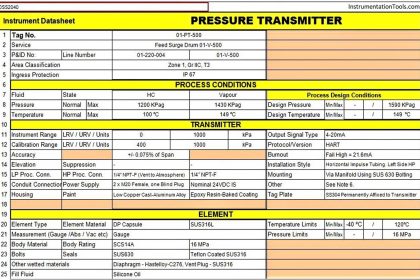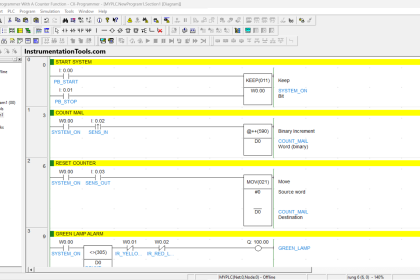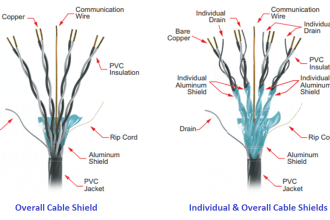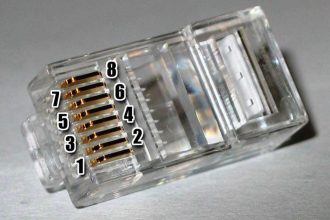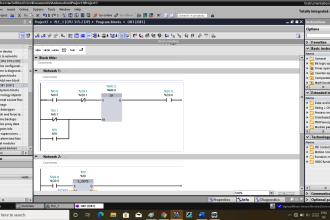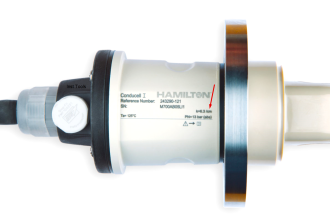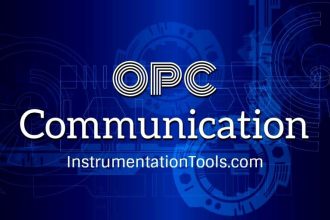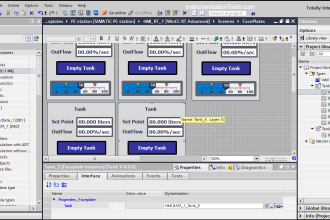Instrumentation & Control (I&C) Engineers have vital roles and responsibilities during the whole lifecycle of a process plant project. This article focuses on the Safety Activity Model of I&C engineer Roles and documentation in a project.
The overview of general activities and documentation of instrumentation scope can be studied in 3 articles published by Instrumentationtools.com and mentioned in the references section, at the bottom of this article.
Process Safety Management and Functional Safety
The main essential aspect of each industrial project is Safety and Risk Management which shall be considered by all project teams (including I&C Engineers).
Safety and Risk Management of industrial projects includes different categories and actions and one of the important parts of them is Functional Safety (See Figure-1), which Instrumentation and Control Engineers have critical roles in implementing it.
Functional Safety of process plants is mainly implemented by Safety Instrumented Functions (SIF’s) and Safety Instrumented Systems (SIS’s) which are defined and explained in two standards IEC-61511 and IEC-61508.

Figure 1: Functional Safety as Part of Overall Safety / Risk Management
Generally, the total process safety of process plants is handled by Process Safety Management (PSM) which is a fundamental part of Risk Management for Industrial Projects. PSM uses functional and nonfunctional safety management tools in order to reduce/minimize the occurrence of hazards (or risks) and the effects/consequences of occurrences of them.
On the other hand, PSM has two general approaches, which are to Prevent and Mitigate the risks and their consequences. Usually, for reaching good results in minimizing risks and their effects in process plants, there are some layers of protection that shall be considered and cared for.
Instrumentation and Control Engineering
Instrumentation and control engineers shall accomplish some actions and documentation in each layer. If we consider the Process Safety of the Plant as a Safety Book in which each layer of protection is explained by separate chapters inside it, the main titles of required actions and documentation by I&C Engineers can be found as shown in Figure 2.
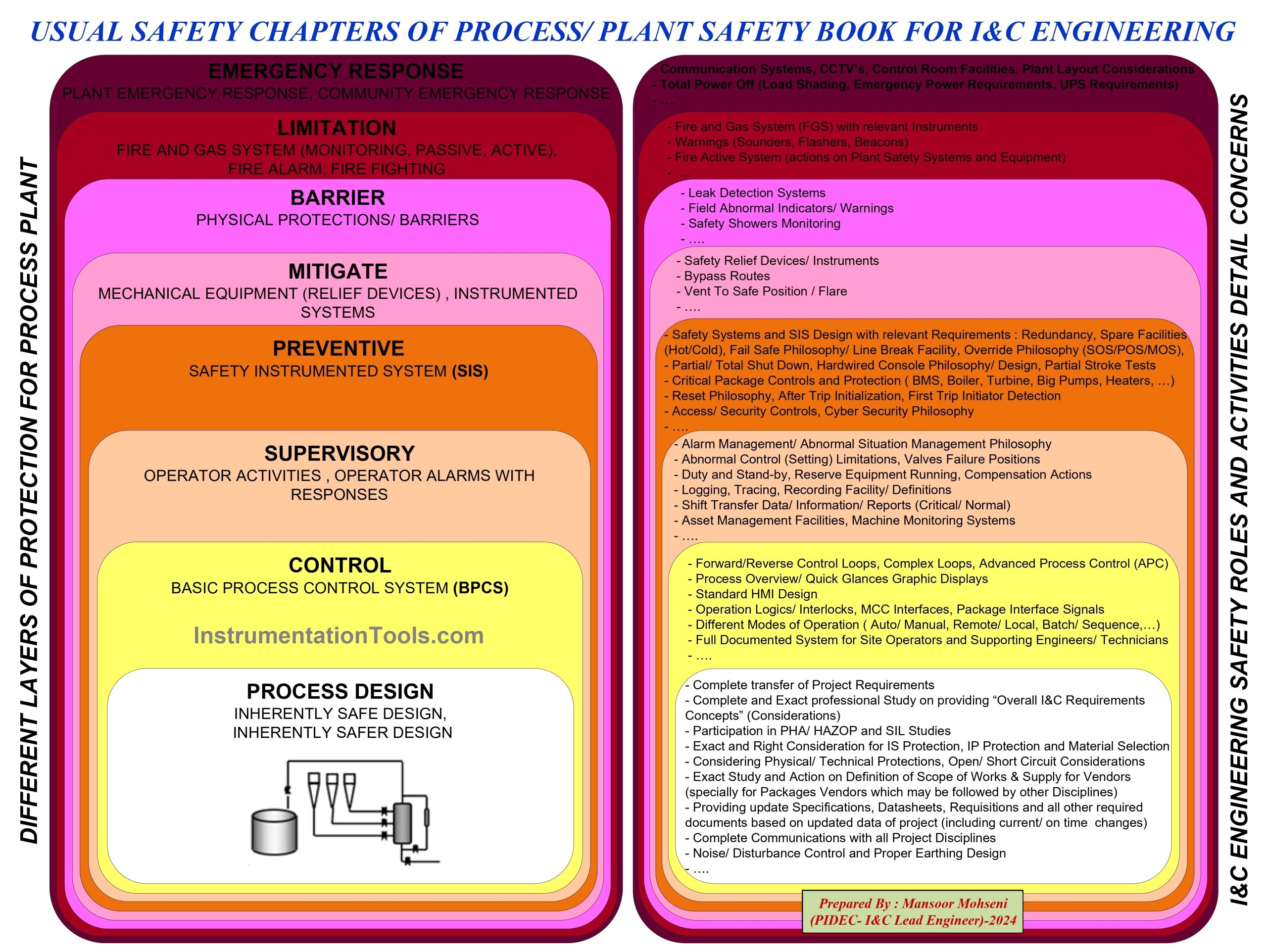
Figure 2: Usual Safety Chapters of Process /Plant Safety Book for I&C Engineering
As Figure 2 demonstrates, Instrumentation engineers shall care for different items during the project lifecycle and especially during the detailed design Engineering of the Process Plant by following some actions or producing some documents.
Of course, such activities and documentation shall be followed by the right plan and sequences of jobs.
Instrumentation Engineer Roles and Documentation
As mentioned above, Instrumentation and Control (I&C) engineers shall have a clear/ exact plan and defined roles & responsibilities for accomplishing safety activities and required documentation and so defined diagram of the IEC-61508 standard is a good guide in this regard for Functional Safety.
However, I&C Engineers shall follow some other sequence of activities in the Engineering Company whose outputs are not apparent for Safety (although doing right any actions during the process plant project is an essential requirement for the Safety Guarantee of the whole project).
By considering IEC-61508 and the usual sequence of phases of industrial projects, Figure 3 can be a good model for defining the safety aspects of instrumentation and control engineers on activities and documentation. It shall be noted that the sequence of activities and producing documents may vary inside different engineering companies, and each company may have its own charts, procedures, and deliverable documents, but Figure-3 can demonstrate a sample model of such activities and sequence of them.
In fact, in some companies some shown I&C activities may be followed by other disciplines (or vice versa some more documents and activities shall be added to the sample model) or even some activities and documents may be merged together. Also, it should be remembered that Figure-3 just shows some extracted I&C activities and documentation by more focusing on safety subjects.
Instrument Engineer Safety Activity Model Review
The shown sample model is provided with considering the industrial project lifecycle further to the SIS lifecycle phase of IEC-61511 (as shown as references on the left side of the shown model).
By comparing references with the shown model, we can see the logical trace of the sequence of activities and documentation (especially on safety subjects).
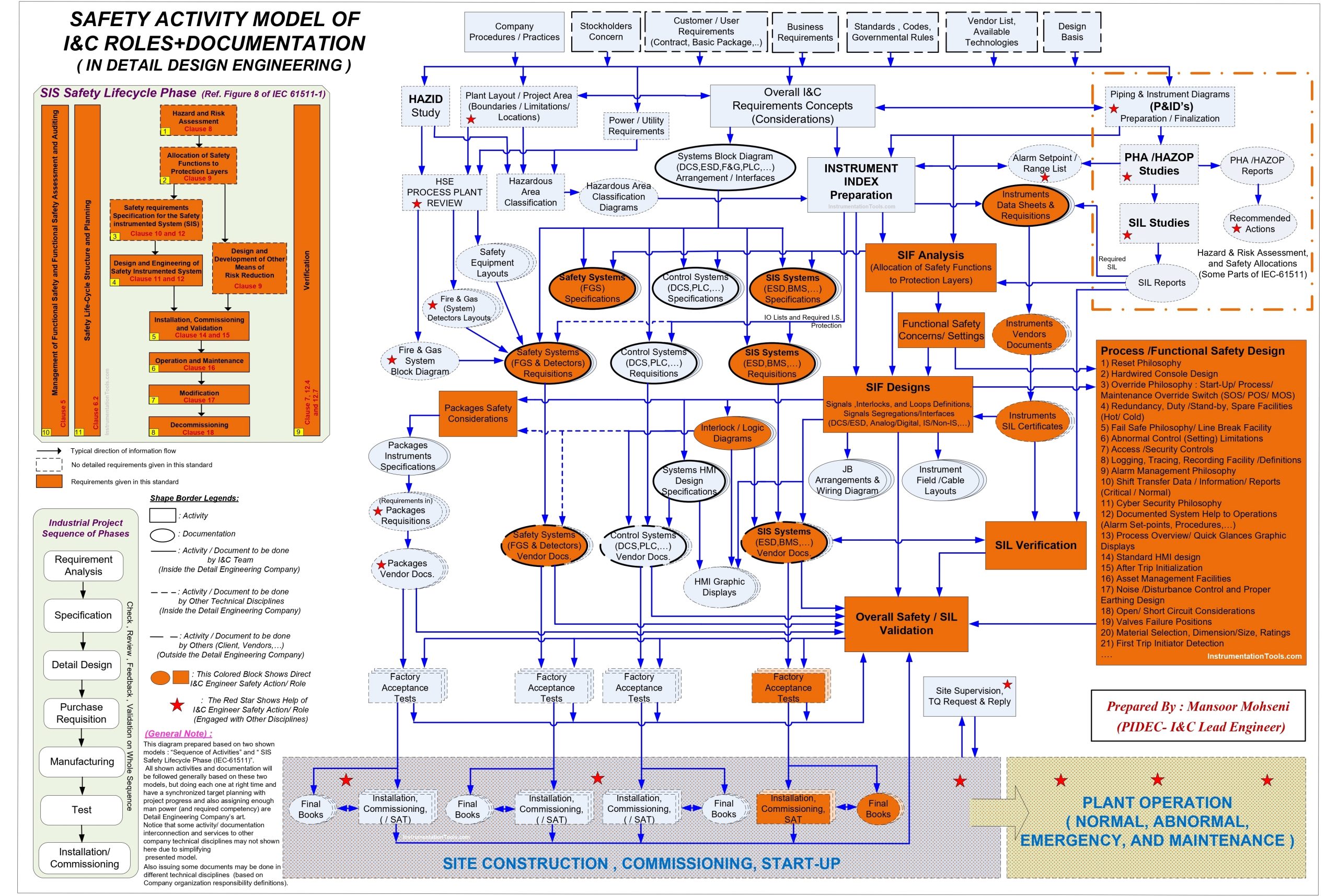
Figure-3: Safety Activity Model of I&C Roles & Documentation
Some activities and documentation are directly executed or produced by Instrumentation and control engineers while for some others they shall be coordinated with other company disciplines or even by vendors, Clients, and others.
In order to distinguish these 3 different types of activities and documentation, 3 dedicated boundaries were used. Furthermore, some other disciplines’ activities which have safety effects, shall be cared for and considered by Instrumentation engineers too.
As an example, Hazardous Area Classifications (which are done by others while their) outputs have important effects on safety, which will be monitored by I&C Engineers by inserting suitable data in Instrument Index preparation and filling Instrument Data Sheets.
Direct Functional Safety related items are highlighted by dedicated color. Such items are extracted based on the IEC-61511 standard which is mainly related to Safety Instrumented Systems (SIS).
Further to Safety Instrumented Systems items there are so many other items that are related to Process/ Functional Safety which shall be followed by I&C engineers too and shown in some blocks. These items are also shown by reserved (safety) color.
It is very important to notice that I&C engineers have responsibility for safety-related items of packages and equipment (further to normal control and performances) that are supplied by vendors who are in contact with other company technical disciplines.
Instrumentation and control engineers shall provide safety requirements and specifications of such packages and guide vendors for the right implementation (in accordance with project plant process requirements), and then by reviewing and commenting or approving vendor documents to try to guarantee achieving the mentioned goals. For such items, one dedicated block is shown in the sample model as “Package Safety Considerations”.
For those important safety-related activities that are handled by others while I&C Engineers are engaged in them, one safety-colored star is added to such blocks. For example, based on standards (including IEC-61511), the Process Hazard Analysis (PHA) is a very important set of activities and documentation that are handled by others while I&C Engineers shall be engaged in them and are shown on the right-hand side of the safety model (with star added blocks).
As mentioned before, right executing/ doing activities and producing documents is also very essential to guarantee the success of the whole project’s safety goals, but simplicity and easy understanding of the safety model are not shown in this model (and some of more detailed of them can be found in referenced articles). However, some of such activities that have more safety effects are shown in this safety model too. Also as noted in the safety model some routes are not shown completely for simplicity too.
It is clear that to do the right actions and produce exact documents, Instrumentation, and control engineers shall have enough experience and skills further to follow the right procedures of an engineering company, but as IEC-61511 standard requirement stated (on new revision) such specialists for doing safety related items shall have enough competency. In fact for doing safety items of the model, I&C Engineers with further experiences and skills shall be well trained and have certification on their competencies.
Having enough competencies for accomplishing some safety-related items like SIF Analysis, SIF Design, SIL Verification, and Overall Safety/ SIL Validation, … is very important and has direct effects on succeeding project safety goals. (In some engineering companies such activities or part of them may be done by outsourced specialists or companies).
Process/Functional Safety Design other than SIS
As mentioned Process /Functional Safety Design is not completely related to usual items of Safety Instrumented Systems, and further to such items (or relevant to them) so many other items to be accomplished by instrumentation engineers.
Here we summarize some of these activities (as reflected in the safety model too):
1) Reset Philosophy
2) Hardwired Console Design
3) Override Philosophy: Start-Up/ Process/ Maintenance Override Switch (SOS/ POS/ MOS)
4) Redundancy, Duty /Stand-by, Spare Facilities (Hot/ Cold)
5) Fail-Safe Philosophy/ Line Break Facility
6) Abnormal Control (Setting) Limitations
7) Access /Security Controls
8) Logging, Tracing, Recording Facility /Definitions
9) Alarm Management Philosophy
10) Shift Transfer Data / Information/ Reports (Critical / Normal)
11) Cyber Security Philosophy
12) Documented System Help to Operations (Alarm Set-points, Procedures,…)
13) Process Overview/ Quick Glances
14) Standard HMI design
15) After Trip Initialization
16) Asset Management Facilities
17) Noise /Disturbance Control /Proper Earthing Design
18) Open/ Short Circuit Considerations
19) Valves Failure Positions
20) Material Selection, Dimension/Size, Ratings
21) First Trip Initiator Detection
Instrument Design Engineer
Some of the roles of an instrument design engineer are mentioned below.
- Develop instrumentation design specifications and standards.
- Create and review instruments data sheets and specifications.
- Design control system architecture (DCS/PLC/SCADA)
- Selection and sizing of instruments for process control applications
- Prepare Instrumentation diagrams like Loop, Logic, Cabling, Cause & Effect, etc
- Conduct safety and reliability analyses for instrumentation systems.
- Collaborate with multidisciplinary teams on project requirements.
- Follow industry standards and safety regulations.
- Oversee installation, calibration, and testing of instrumentation.
- Provide technical support during the commissioning and start-up phases.
Instrument Documents
Some of the instrument documents are listed below.
- Instrument Datasheets
- Piping and Instrumentation Diagrams (P&ID)
- Instrument Loop Diagrams
- Instrumentation Calibration Sheets
- Instrumentation Maintenance Manuals
- Instrumentation Installation Manuals
- Control System Configuration Documents
- Programmable Logic Controller (PLC) Programs
- Supervisory Control and Data Acquisition (SCADA) System Layouts
- Functional Design Specifications (FDS)
- Input/Output (I/O) Lists
- Bill of Materials (BOM) for Instrumentation
- Instrumentation Wiring Diagrams
- Process Flow Diagrams (PFDs)
- Control Narratives
- Safety Integrity Level (SIL) Calculations and Reports
- Factory Acceptance Test (FAT) Protocols
- Site Acceptance Test (SAT) Protocols
- Instrumentation Commissioning Procedures
- Instrumentation and Control System Validation Documents
Conclusion
Instrumentation Engineers have vital roles and responsibilities in the execution of Industrial Projects due to huge and complex activities and documentation, but such roles and responsibilities will be more and more high and complicated, and reviewing and studying the Safety Model in this regard will help us to find this subject better.
References
- I&C Engineer Roles & Responsibilities – Instrumentation Design
- Instrumentation Engineer Activities & Documents – Detail Design Phase
- Instrumentation and Control Project Packages – Detail Engineering
